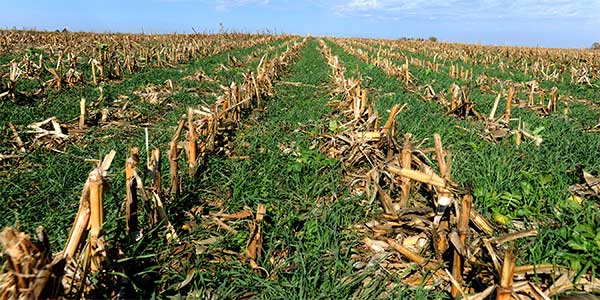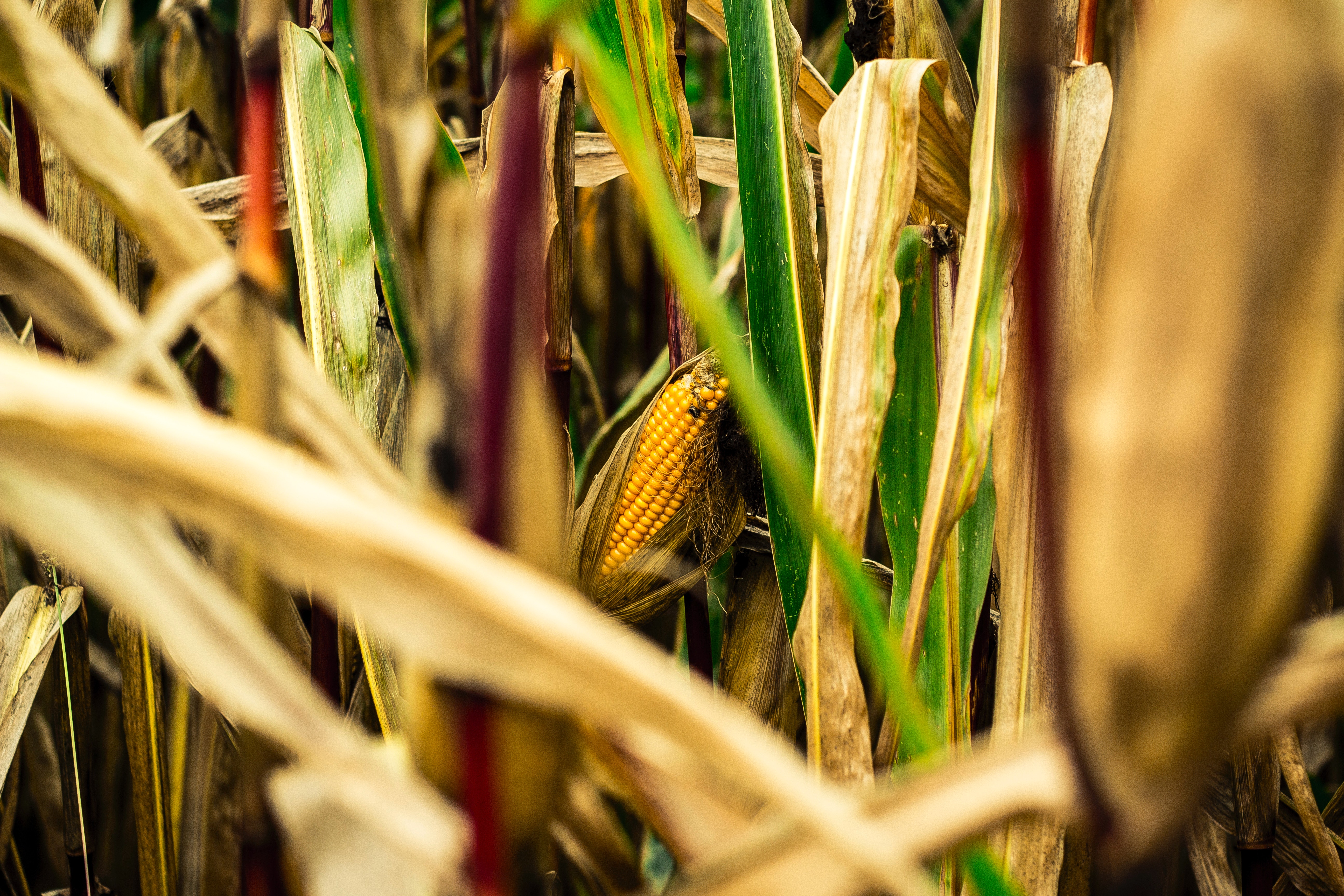FSA’s ECAP sign up period has begun
USDA’s Farm Service Agency is issuing up to $10 billion in direct payments to eligible agricultural producers of eligible commodities for the 2024 crop year through the Emergency Commodity Assistance Program (ECAP). These one-time economic assistance payments will help commodity producers mitigate the impacts of increased input costs and falling commodity prices. Who Is Eligible
Helpful Policy Procedures You Should Know In A Bad Growing Season
Give yourself extra peace of mind by brushing up on these crop insurance policy rules and regulations that can affect your ability to collect insurance claims timely and without major hassles. File your paperwork timely – Deadline for acreage reports is 7/15. You should have already received a paper report in the mail to fill
Transitional & Organic Grower Assistance
Agricultural producers who have crop insurance coverage on crops in transition to organic or a certified organic grain or feed crop are eligible for premium assistance from USDA. The Transitional and Organic Grower Assistance (TOGA) Program, offered by USDA’s Risk Management Agency (RMA), reduces the producer’s overall crop insurance premium bill and helps them continue
Covid-19 Pandemic Cover Crop Program
Agricultural producers who have coverage under most crop insurance policies are eligible for a premium benefit from USDA if they planted cover crops during the 2021 crop year. The Pandemic Cover Crop Program (PCCP), offered by USDA’s Risk Management Agency (RMA), reduces producers’ overall premium bills and helps them maintain their cover crop systems.PCCP is
Can Crop Insurance Affect FSA Programs?
There are a few times when the elections you make for crop insurance directly affect your program eligibility at FSA or vice versa. Conservation Compliance – If you carry a crop insurance policy, even if you do not certify you acres at FSA, you are required to have a conservation compliance form (Form AD-1026) on
Enhanced Coverage Option (ECO)
New in 2021, the Enhanced Coverage Option (ECO) provides additional area-based coverage for a portion of the underlying crop insurance deductible. This is similar to the Supplemental Coverage Option (SCO). ECO works alongside a Revenue Protection (RP), Revenue Protection with Harvest Price Exclusion (RPHPE), Yield protection (YP), Actual Production History (APH) or Yield Based Dollar
Common Crop Insurance Mistakes That Can Keep Money Out Of Your Hands
Crop insurance is a federally funded program, and it is important to follow the requirements and deadlines of your crop insurance policy to get your claim dollars when you need them. Below are the most common errors found. Documents have no signature or date – We cannot stress enough how important it is to
Can you use my FSA information to report my crops?
You are still not required to certify your acres at the FSA office. However, all crops are required to be reported by identification numbers (CLU). If you decide to certify your crop, we are able to use the FSA 578 form to help meet this requirement, but you will still need to check their forms
Am I required to go to the FSA office and certify my crop to be eligible to sign up for Crop Insurance?
A farmer is still not required to certify at the FSA office to be eligible for crop insurance. However, it might be in your best interest to contact your FSA office to check on a couple of things: 1. Conservation Requirements: It is required that every farmer must comply with the highly erodible land and
FSA’s PLC/ARC Program Elections
Having a hard time deciding which FSA program to choose for your farming operation? Here’s a breakdown of what you need to know. Price Loss Coverage: Price Loss Coverage (PLC) will make payments to farmers if a covered commodity’s national average marketing year price is below the reference price (for corn is $3.70, for soybeans




